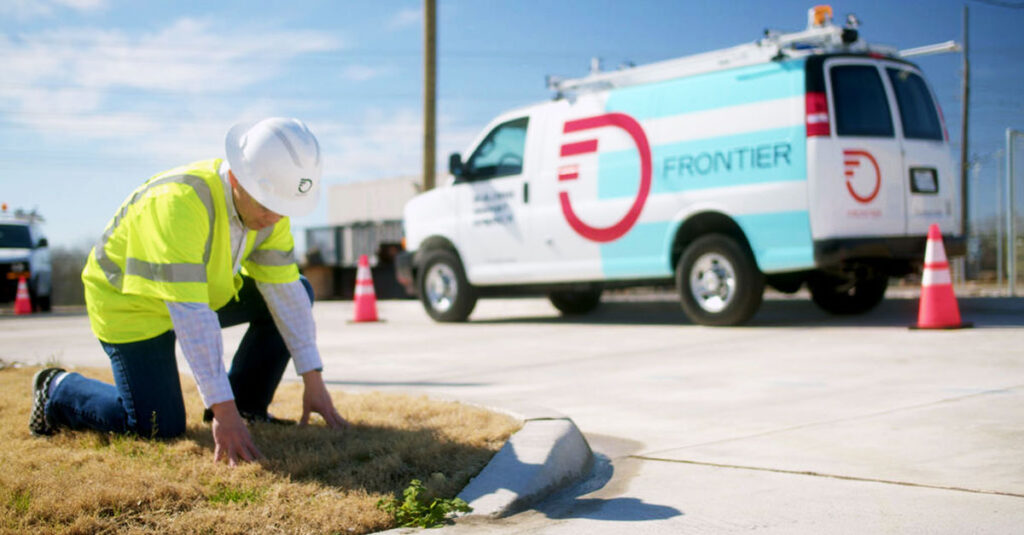
5 Ways To Reduce Fiber Internet Installation Time
The good news: You’re ready to upgrade to fiber internet! You’ll soon be enjoying all it has to offer, like increased reliability and a speedier connection.
The not-so-good news: You have questions. How is fiber internet installed in a house? How long will it take? Will it be a major hassle? Where do you get the answers?
Here are the answers, plus tips to help your fiber installation go as quickly and smoothly as possible.
How is fiber optic internet installed?
Where you live determines how fiber internet will reach your home. Fiber to the home (FTTH) is installed in one of two ways: through an underground cable or an aerial cable connected to a utility pole. Technicians with your internet service provider (ISP) will know in advance how your internet comes to your home and will probably bring all the necessary equipment for the installation.
The following is the equipment that is typically needed for fiber internet, including how the technician will install it in your home:
- External termination point (ETP) – This small box will be installed on the outside of your home. A technician will connect the fiber internet cable—from the ground or utility pole—to the ETP.
- Optical terminal network (ONT) – Fiber optic internet uses an ONT to convert high-speed optical, or light, digital signals into electrical ones. It sends these electrical signals to the router via an Ethernet cable. The ONT is usually a plastic box installed either outside your home or in your garage or basement. The technician will drill a small hole through an exterior wall and connect the fiber cable from the ETP to the ONT.
- Router – Although you can usually buy your own compatible router, it’s often best to use the router your ISP provides. (If you purchase a router yourself, your ISP may not provide tech support or any necessary automatic software updates.) The technician will connect the fiber from the ONT to the router.
After the technician sets up everything, they’ll test your fiber internet to make sure it’s working properly and up to (superfast) speed.
Reduce your installation time
With all these necessary steps, plan on your fiber internet installation time to be three to four hours. To help save some time, try to do the following:
1. Make sure you have any necessary permits or permission to install fiber internet.
Your ISP will usually obtain all the necessary permits to run fiber optic cable to your home. However, you may need permits or permission to install fiber internet on your property.
Do you own your home? It’s a good idea to check with your city or county building department to see if a permit has been obtained to run fiber optic cable to your house.
If you belong to a homeowners’ association, you may need its approval to install fiber internet.
For renters, be sure you have permission from your landlord.
2. Choose a fiber internet installation date and time when an adult can be home.
Someone 18 or older needs to be present to authorize the fiber internet installation in your home. Choose a time when this person has a few hours available.
The ISP will usually let you know when the technician is on their way or if there’s a delay. Ask your ISP if you can track the technician’s arrival with an app.
3. Prepare your yard for the fiber installation.
If your fiber is being installed underground, a crew from your service provider will arrive prior to your installation date and dig a narrow trench in your yard for the cable. Clear a path beforehand, so there’s open space available.
If your fiber is being installed via a utility pole, clear anything that may be an obstacle to the pole or stringing the cable from the pole to your home.
This part of the installation process may require more than one visit by the crew. Although you may not need to be home, keep your pets indoors or in a safe location away from the crew.
4. Plan where to locate the ONT box for your fiber internet.
The ONT box is usually installed outside your home or inside your garage or basement.
Before your installation appointment, the technician may consult with you to determine the best location for the ONT.
Consider these factors while deciding on the ONT location:
- It needs to be near a grounded outlet.
- For the best Wi-Fi coverage, it should be in a central location.
- If possible, place it close to rooms where you use the internet most frequently. It should also be near devices that use a lot of data, like gaming consoles, smart TVs and computers.
5. Find the best place to put the router for your fiber internet.
Where you place the router is important. It will affect how well the router can communicate with the computers and other devices in your home. The ideal location will provide a strong Wi-Fi signal throughout your home.
The router should be in a central, unobstructed, elevated location that is not blocked by walls, furniture or other electronic devices. It’s best not to put it inside a closet or on the floor.
Once you decide on the best location, move nearby furniture and other items, so the technician can easily run the wire or Ethernet cable from the ONT to the router.
On installation day, your technician may recommend an even better location for the router, so be prepared to allow access to other rooms in your home.
If you follow these steps, the installation of your fiber internet should be a breeze. The final step? Enjoy all the benefits your speedy new fiber internet has to offer!
Frontier Fiber is built for the way you live today—and tomorrow
If you’re still on the lookout for the right ultrafast internet connection for streaming, gaming, working from home and running your smart home—all with enough bandwidth for everyone—find out about Frontier Fiber. Frontier Fiber is available in select areas—check here to see when it’s available at your address.
Product features may have changed and are subject to change.



